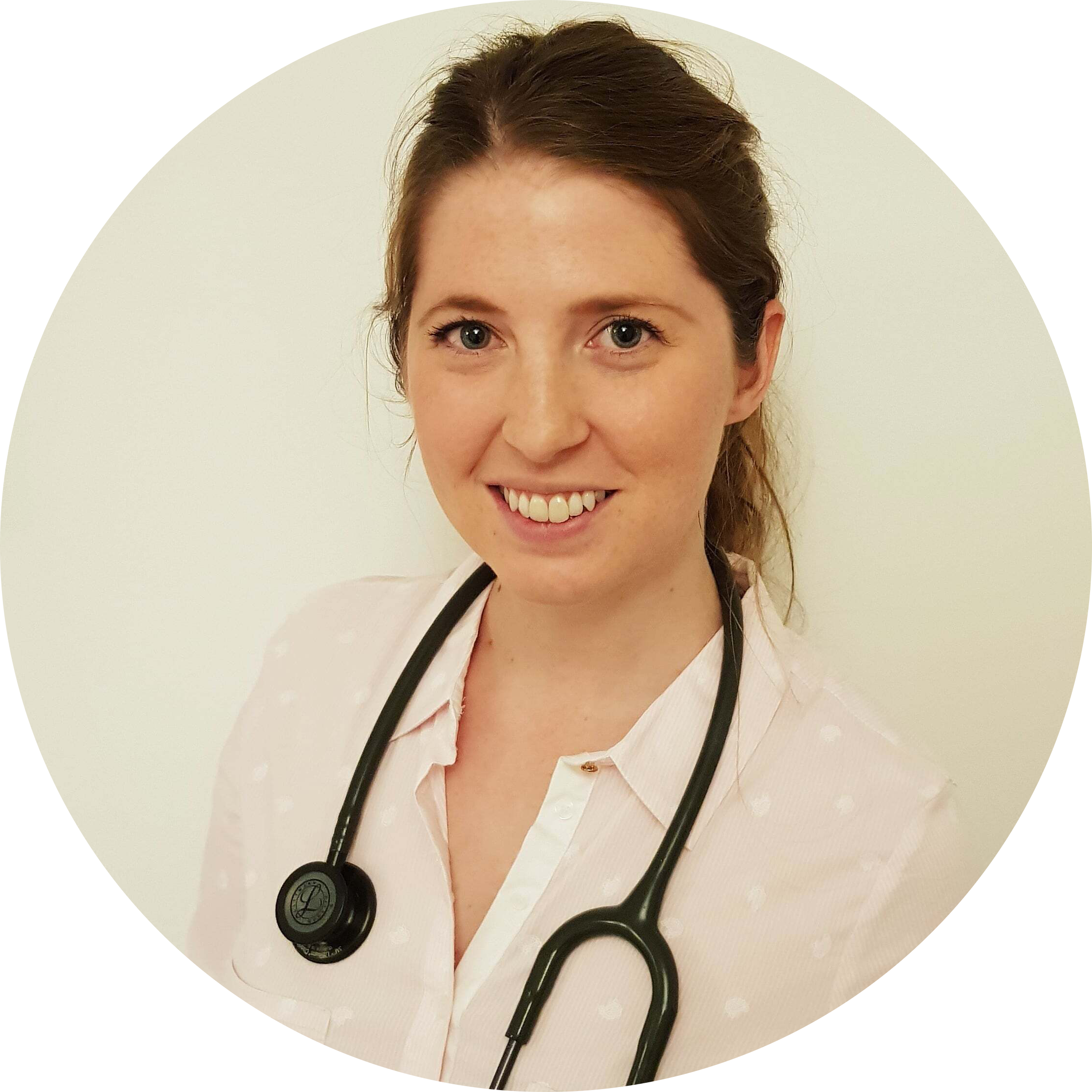Atrial fibrillation
Reviewed by:
Dr Rhianna McClymont
, Lead GP at Livi
Atrial fibrillation is a heart condition where you have an unusually high and irregular heartbeat which may cause palpitations. Read about the signs and when to see a doctor.

What is atrial fibrillation?
A normal resting heart rate is between 60 and 100 regular beats per minute. If you have atrial fibrillation (AF), the heart can beat extremely fast – sometimes between 140-180 beats per minute – and have an irregular rhythm.
This kind of abnormal heart rhythm is called an arrhythmia.
AF happens when there’s a fault in the heart’s electrical system, causing its upper chambers (the atria) to beat unusually fast. This makes them quiver – known as atrial fibrillation – and leads to an irregular, sometimes quick, heartbeat or pulse.
Atrial fibrillation symptoms
Some people with AF have no obvious symptoms – they may not be aware that they have an irregular heart rate if they don’t have a fast heartbeat. In these cases, it’s often not discovered until a doctor examines a patient or tests for other conditions.
Symptoms of AF may include:
Heart palpitations –feeling like your heart is beating fast or getting a pounding or fluttering sensation
Fast heart rate – a heart rate that’s significantly higher than 100 beats per minute
Breathlessness
Feeling dizzy or lightheaded
Chest pain
Tiredness
Types of atrial fibrillation
You may experience atrial fibrillation constantly, or it might come and go. The types of AF are defined by how much you’re affected.
Paroxysmal atrial fibrillation – Episodes come and go, usually lasting less than 48 hours and don’t require treatment
Persistent atrial fibrillation – Each episode lasts longer than seven days without treatment but can return to normal with treatment
Permanent atrial fibrillation – AF is present at all times, and the heart rate doesn’t return to normal
What causes atrial fibrillation?
Often, AF is connected to another medical condition, but not always. When there’s no link to another illness, it’s known as lone atrial fibrillation.
Common heart conditions linked to AF include:
High blood pressure
Heart valve disease
Congenital heart disease
Atherosclerosis
Cardiomyopathy
Pericarditis
Other conditions that can be associated with AF are:
Overactive thyroid gland
Lung cancer
Diabetes
Chronic obstructive pulmonary disease (COPD)
When to see a doctor
Talk to a doctor immediately if:
There is a sudden change in your heart rate
You have chest pain
Your heart rate is lower than 60 beats per minute or higher than 100 beats per minute
Atrial fibrillation diagnosis
The doctor will take your pulse to see if your heart rate is irregular or unusually fast. If they think you have AF, they’ll refer you for more tests - these may include:
Electrocardiogram (ECG) – To record your heart's rhythm and electrical activity
Echocardiogram – A heart scan that can help to identify other heart-related problems
Chest x-ray – To look for lung problems that may be linked to AF
Blood tests
Atrial fibrillation treatment
There are many treatment options for AF and you should be able to live life normally once you find the right treatment.
AF treatment aims to control the rate and rhythm of the heart. If there’s an underlying medical cause of AF, you’ll be treated for this first to see if it also helps your AF symptoms.
When there’s no underlying cause, treatment may include:
Anti-arrhythmic drugs – These treat atrial fibrillation in two ways, firstly to control the heart rate and secondly to restore a regular heart rhythm. Anti-arrhythmic drugs include beta blockers and calcium channel blockers and the medication you’re prescribed will depend on the type of atrial fibrillation and whether you have any other medical conditions.
Medication to reduce the risk of a stroke – Certain factors, like age and your medical history, can put you at greater risk of stroke if you have atrial fibrillation. You may be recommended medication like anticoagulants to help reduce this risk.
Cardioversion – This electric shock treatment gives controlled electric shocks to the heart to try and regulate the heart’s rhythm.
Catheter ablation – A quick procedure that uses catheters (soft, hollow tubes) and heat or extreme cold to create scar tissue on the area of your heart that’s causing the abnormal heart rhythm. This interrupts abnormal circuits in the heart and destroys the problematic areas of the heart muscle.
Having a pacemaker fitted – A small device implanted in your chest to help your heart beat regularly.
Atrial fibrillation complications
People with AF have four to five times increased risk of stroke to people without AF. This is because when the atria in the upper chambers of the heart aren’t pumping properly with AF, there’s a risk of blood clots forming. If these get into the body’s general circulation, it can block the brain's arteries and lead to a stroke.
Persistent AF can also weaken the heart. In severe cases it may even lead to heart failure as your heart can’t pump blood around your body properly.
- Reviewed by:
 Dr Rhianna McClymont, Lead GP at Livi
Dr Rhianna McClymont, Lead GP at Livi
